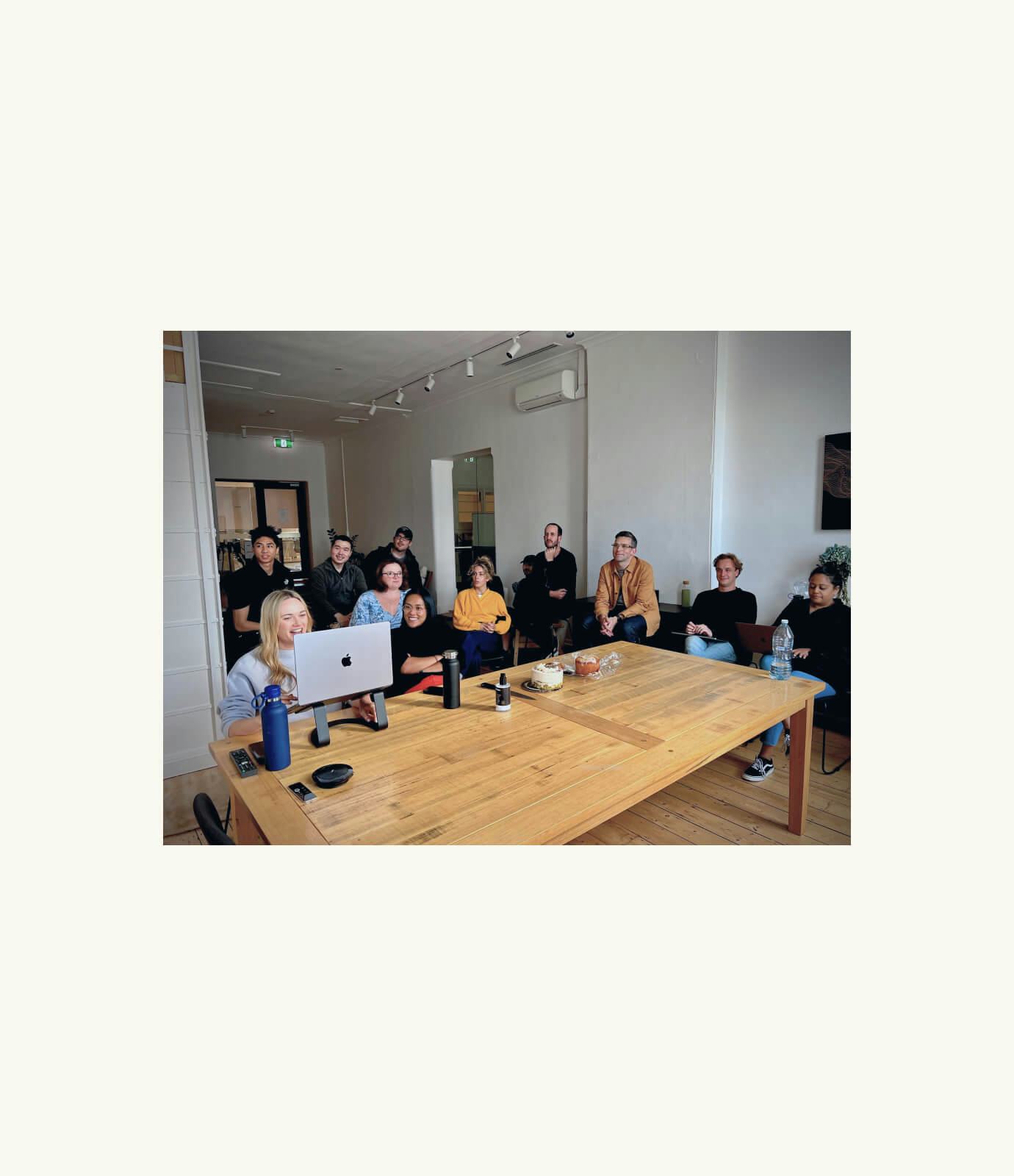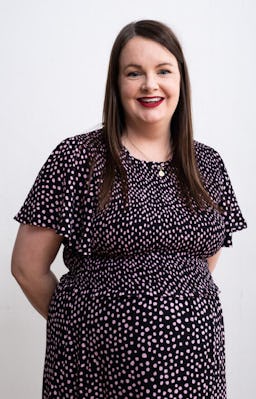Flat structures that elevate entire teams

We have two teams at Tundra. And within those teams, there are no layers of hierarchy or reporting lines. Just a team (or two) of adults who work together to get a job done.
We have two teams at Tundra. And within those teams, there are no layers of hierarchy or reporting lines. Just a team (or two) of adults who work together to get a job done. Each team is managed by a Director of the business (myself and Andy), but each team is completely self-managing and democratically run. Andy and I don’t make the decisions, the team does. We don’t decide how something should be done, or who we hire, the team does.
When we get a new business enquiry, we take a look at the brief and discuss it as a team, before having a go/no go vote on whether to pursue it. We involve everyone in the decision-making process in order to uncover any uncertainties early on, but also to truly empower our people to take on or not take on the work they want to do. Along with this power comes the sharing of knowledge.
Andy and I work really transparently with both teams to share pipeline direction, targets, and future strategies for the business. What we are building is a studio based on openness and honesty. We share information and knowledge across the business so that the teams can make informed decisions about where we’re headed. They get to feed into this direction, and help ensure we’re evolving in the right ways.
But, doesn’t that take longer overall by getting everyone involved?
No, it actually doesn’t. You’d be surprised how evening out the layers to a studio and having more open conversations, more often, can actually make the whole process smoother and more efficient. The teams decide and buy into the work we take on. They get to discuss and debate how we should tackle something and what approach we should adopt. They get to take control of their pipeline destiny and call out opportunities to try new things or tackle new problems in different ways.
However, this purposefully flat structure only works if you have done the hard work to set it up properly—genuinely. The foundations at Tundra have been rebuilt to really break down old agency structures and traditional definitions of roles. Beyond an advertised job description, we don’t have or hold ongoing job descriptions for each team member.
Instead, we have weekly team planning sessions to review and discuss upcoming work as a group. Here, we’ll review new briefs or tickets that have been raised during the week, and brainstorm solutions and estimates. Because these sessions are collaborative, they give everyone the opportunity to flag things they’d like to be involved in or learn about—regardless of whether those things would normally fall within the remit of that person’s role title.
By opening up our conversations and our role structures, we’re empowering our people to take ownership of both their work and the team’s processes, leading to happier, more productive teams.


But, how does a flat structure support career growth?
We have monthly 1:1 coffee catch ups with each individual and their team Director. We have team retrospectives to look at what’s working, what’s not, and how we evolve. We have annual 360 review processes that give tangible feedback (including to the Directors). We create personalised goal frameworks with each individual to map a pathway forward in their training, development and overall personal growth.
We invest in our people, supporting them to excel as positive, mature, and intelligent humans, and support where they want to go with their careers.
Why? Because we don’t want a studio full of individuals who are feeling unmotivated or overshadowed. There is no glass ceiling, because we keep raising it up and extending each individual’s ladder to move higher, do better work, and become more empowered.
We create opportunities within Tundra to match the growth direction of its people. You want to try a new technology? Let’s find the right opportunity. You want to become a better public speaker? Let’s work together on that. We’ve had people in our studio want to jump from Development to User Experience, and have paved a way for them to move across disciplines, supported with the right training and exposure.
What does this mean for more junior team members?
Layered titles (like Junior, Mid-weight, Senior) are just expressions of experience. A resume sorter. Yes, some people have far more years working in digital than others. But, that doesn’t make their voice more important or their ideas more valid.
Within each team, each individual brings their own expertise and experience—beyond the cumulation of working years on a piece of paper. A developer, or a UX designer; a Producer or a Content Strategist; everyone has an active role to play and a voice to be heard. We don’t carry passengers—we hire personalities to bring different strengths and weaknesses to the team. We hire people who want to learn, are motivated to grow, and thrive working collaboratively.
We work with the more junior members of the team to find their voice, encourage them to ask questions and provide a safety net structure that enables them the ability to try new things, fail at new things, and learn from that process. We don’t expect any two people on the team to be the same. In fact, that’s part of our hiring mentality: to hire for the gaps or blind spots we may have. An expertise we need more help with, or an area we want to grow our depth of knowledge.
When creating a studio with a flat structure, we also make sure we hire based on an alignment with our studio values. Regardless of years of experience, we always ensure we hire positive contributors to our culture, smart individuals who want to grow, and those motivated by interesting problems to solve. We actively avoid egos, and those who see success as a solo mission.
Our flat structure helps our team to thrive. By empowering our people to own their career trajectory, contribute to studio planning decisions and have a voice, we’re creating a team of informed and interested individuals who have a stake in the studio’s success. And if you want to see the evidence this structure works, look no further than our long service records: as of 2022, a third of our team have been with us for more than five years—and a fifth for more than seven years! Our structure may not be for everyone, but those who love it, stick around.
If you’re keen to build your career in an empowered, self-directed team, we’d love to hear from you. Check out our open roles, or get in touch to discuss more career opportunities.
Let's work together
Get in touch